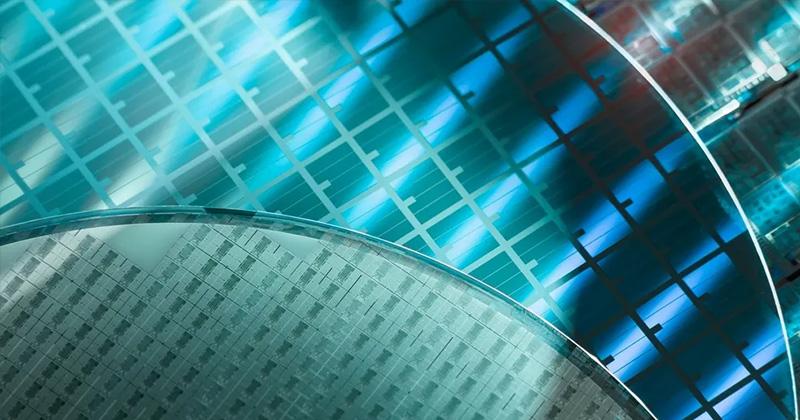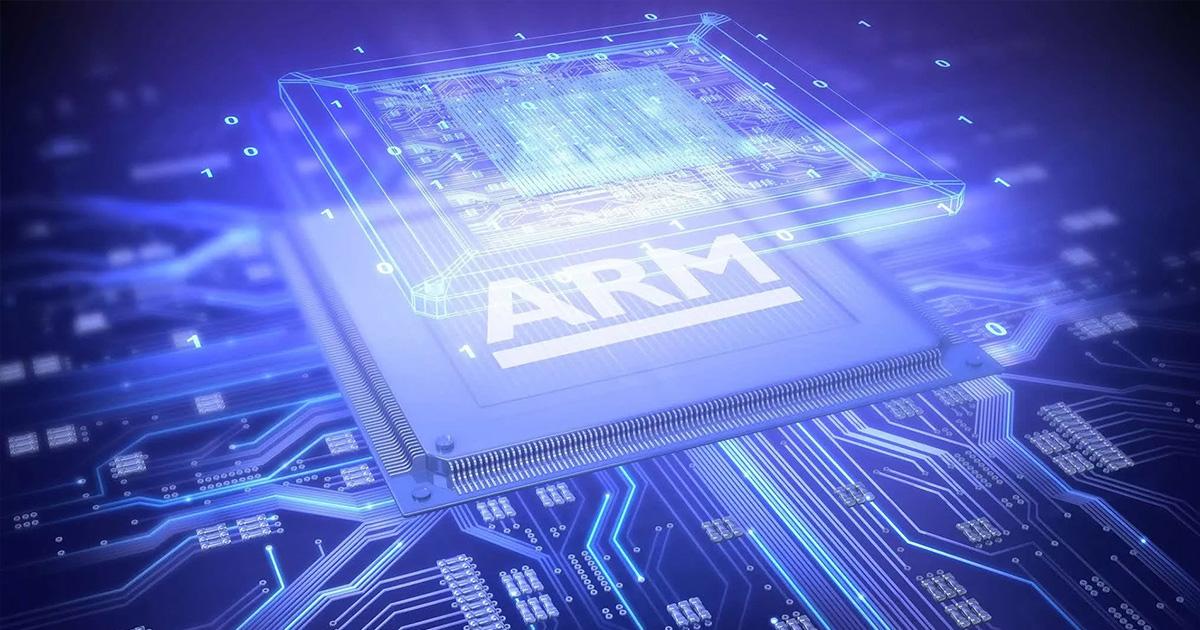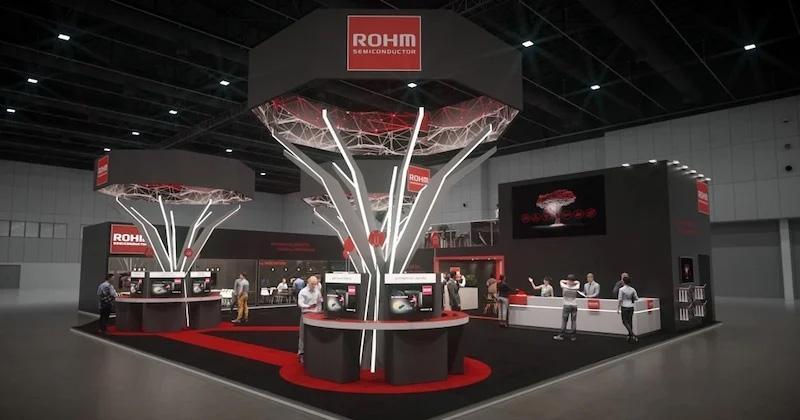
Micron, SK Hynix, and Others Debut Memory Firsts Ahead of Storage Show
The 2024 Future of Memory and Storage show (previously known as the Flash Memory Summit (FMS)) is expanding beyond its Flash memory legacy to include anything memory and storage-related. FMS has been around for 18 years as an event focused on Flash memory technology.

Moving forward, the FMS will expand its focus. Image used courtesy of the FMS
Now, with the growth in artificial intelligence (AI), high-performance computing, and increasingly powerful mobile devices comes higher demands on memory of all sorts. The summit is responding to these pressures by embracing a complete memory and storage ecosystem—evidenced by three new offerings from Micron, Avalanche Technology, and SK Hynix ahead of the show.
Micron: First Production of Ninth-Gen NAND Flash
Micron has announced shipments of the 2650 NVMe SSD, built with its newest ninth-generation (G9) NAND Flash technology. The new triple-level cell (TLC) NAND is the industry’s first G9 3D NAND chip. The chips fit into an 11.5 mm x 13.5 mm package, making them up to 73% denser and 28% more space efficient than prior generations. It operates with the industry’s highest transfer speed of 3.6 GB/s. Such improvements make the new parts effective storage solutions for data centers, automotive, and embedded applications, and fixed and mobile client devices.
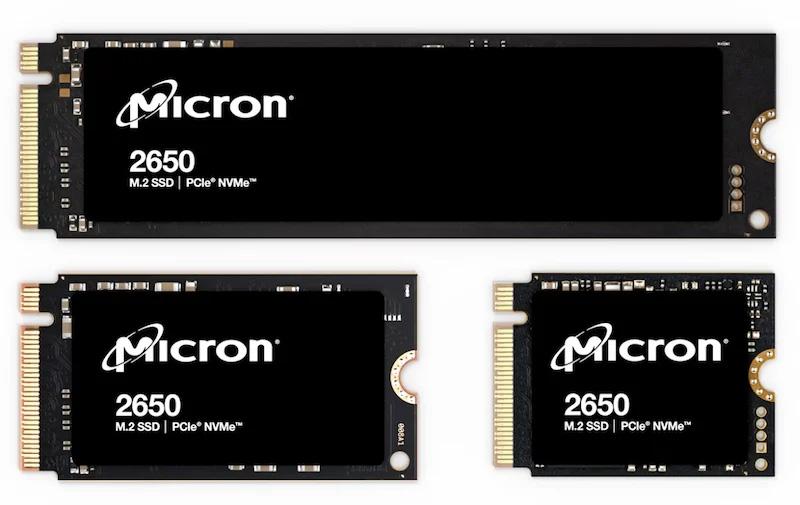
G9 NAND Flash. Image used courtesy of Micron
The 2650 NVMe SSD comes in capacities of 256 GB, 512 GB, and 1 TB in the M2 form factor (30 mm, 42 mm, and 80 mm). The drives deliver real-world PCIe saturation performance (meaning the drive can keep up with the PCIe speed capability) with sequential reads of up to 7,000 MB/s and sequential writes of up to 6,000 MB/s.
Avalanche Technology: An MRAM Family for Space and Defense
Avalanche Technology is now producing a space grade-E-enhanced discrete MRAM product family. The new non-volatile memory (NVM) family achieves this rating through enhanced qualification and screening flow. The demand for space-grade electronics components has grown dramatically with more orbital rocket launches. Avalanche has responded with a new family of memory chips based on existing non-volatile memory NVM magnetoresistive random-access memory (MRAM) technology, now qualified for harsh environments.

Functional block diagram of the AS3xxx332 MRAM. Image used courtesy of Avalanche Technology
MRAM is well suited to high-radiation environments due to magnetic materials' inherent radiation advantages compared to charge devices in standard memory. Charge devices are more susceptible to particle-based upset events than MRAM magnetic cells. Avalanche designed the memory as a more robust alternative to conventional Flash and SRAM in harsh environments. The AS30XGB3 space grade-E, parallel-persistent SRAM memory comes in options from 1 Gb to 8 Gb per chip and is footprint-compatible with existing MRAM product lines.
SK Hynix: “Industry's Best” GDDR7
SK Hynix claims to have produced the highest-performing GDDR7 memory, reportedly operating 60% faster and with 50% higher power efficiency than competing offerings. Graphics double data rate 7 (GDDR7) synchronous dynamic random-access memory is the most recent incarnation of high-speed memory designed for advanced graphics cards and high-performance computing. While JEDEC released the standard on March 5, 2024, it has been in the works for two years now as the successor to GDDR6(X).
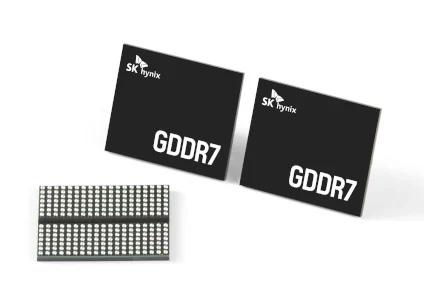
GDDR7 SDRAM chips. Image used courtesy of SK Hynix
GDDR7 uses three-level pulse amplitude modulation (PAM-3) encoding to process 1.58 bits per cycle. While this may seem like a bit of a step back from the PAM-4’s two bits per cycle in GDDR6 and 6X, PAM-3 manufacturing is less complex and less expensive, and other process improvements still make GDDR7 significantly faster than GDDR6X. SK Hynix's GDDR7 operates at 32 Gbs in most use cases, with some circumstances allowing up to 40 Gbs—33% faster than the best GDDR6X performance.
In addition to the speed increases, SK Hynix has improved the package's thermal properties, which is arguably just as important, if not more so. The new chips have six heat-dissipating substrate layers in the epoxy molding compound (EMC), up from the previous four. With this change, thermal resistance drops by 74% without a change in package size. GDDR7 is expected to be used in products with higher performance demands, such as high-end 3D graphics, supercomputers, high-performance computing, AI, and autonomous driving systems.
More Memory News to Come
Micron's NAND Flash, Avalanche's MRAM, and SK Hynix's GDDR7 offerings are just a few of the new memory and storage offerings announced before the Future of Memory Storage show. More releases are sure to flood this week as the show runs from August 6–8, 2024, at the Santa Clara Convention Center in Santa Clara, California.


